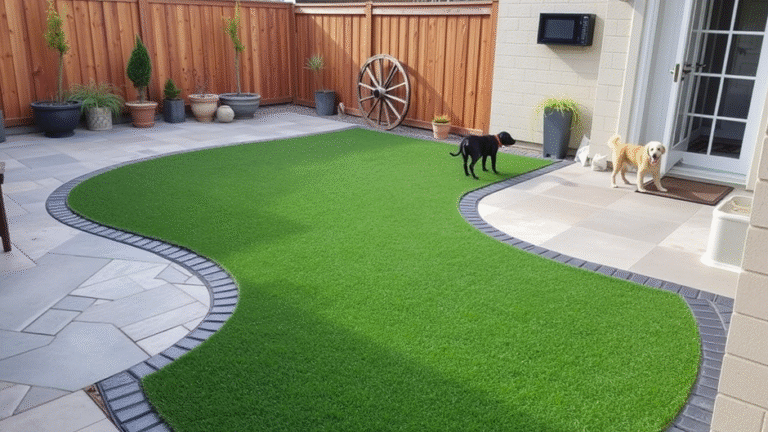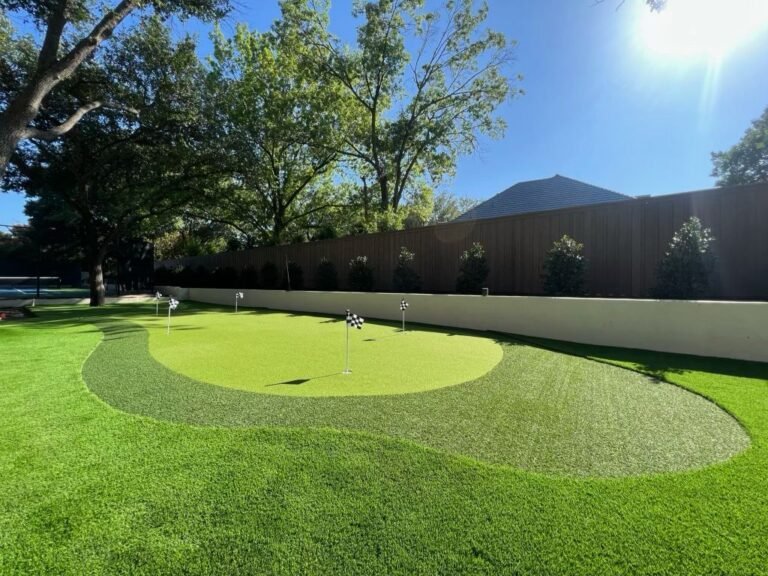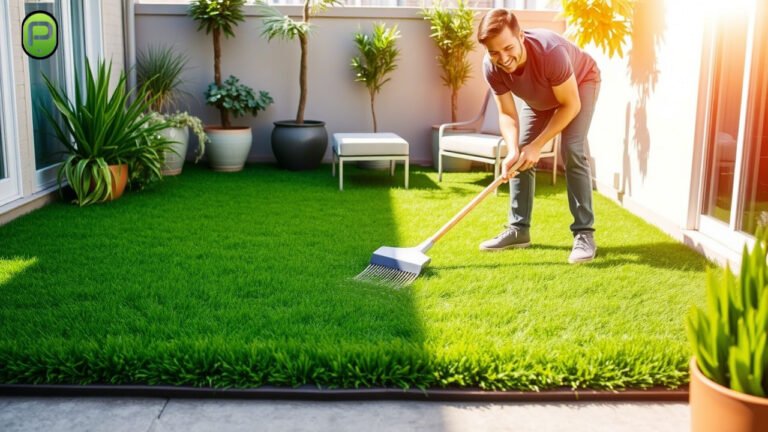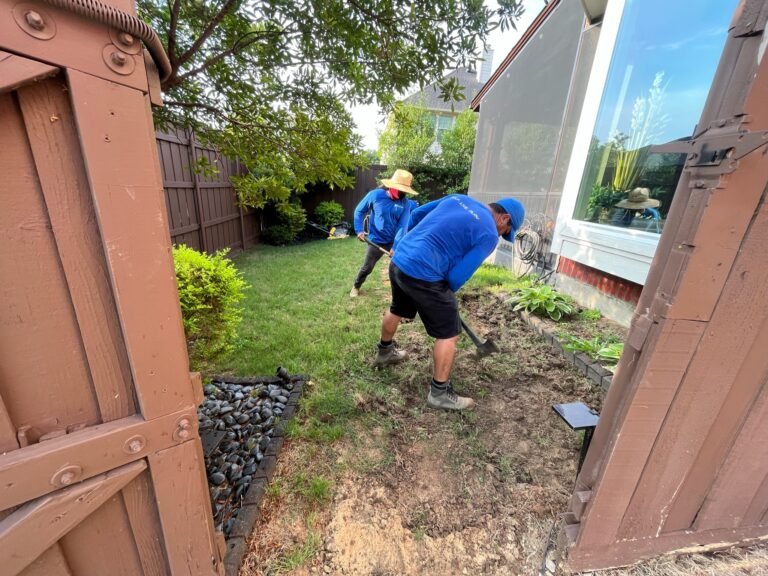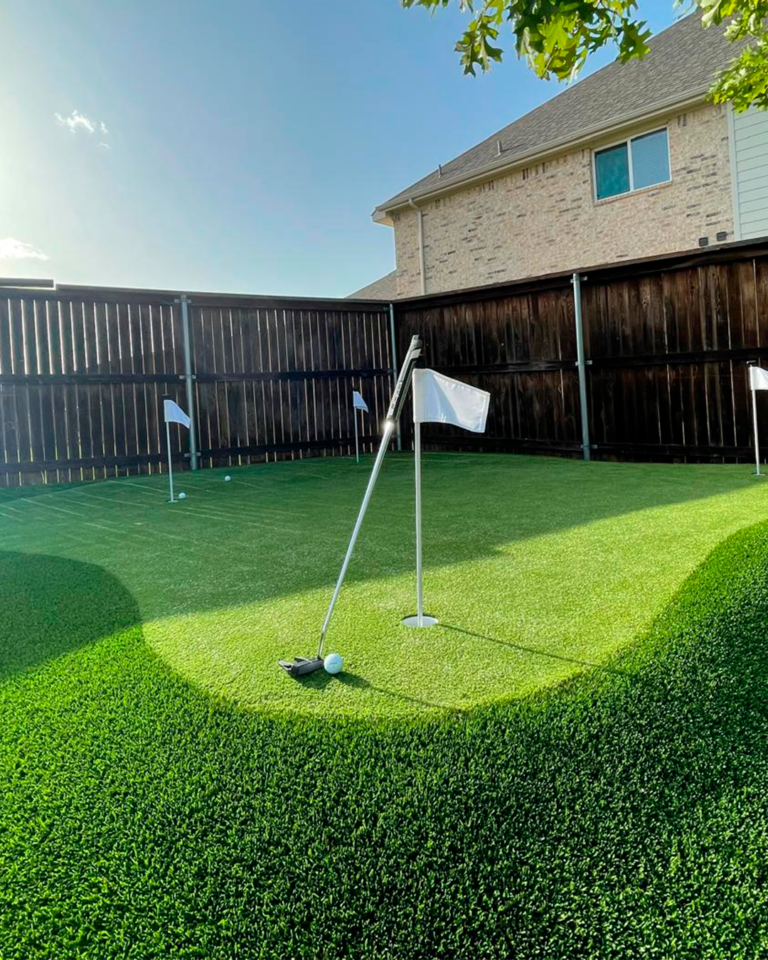Care and Maintenance of Artificial Grass
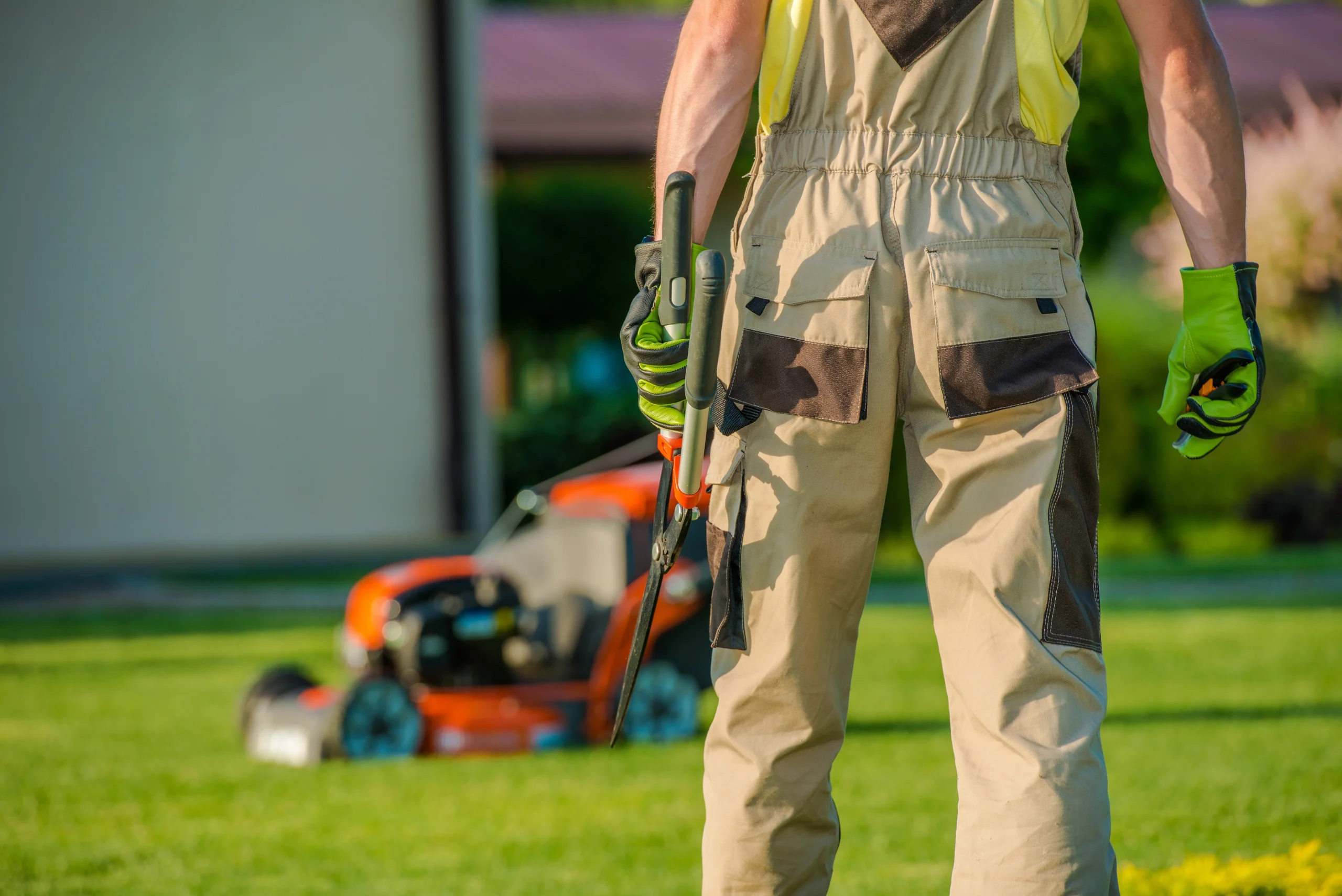
Artificial grass has become a popular choice for homeowners in the USA and Canada seeking an attractive and low-maintenance alternative to natural lawns. This synthetic landscaping solution offers numerous benefits, making it an appealing option for those looking to enhance their home improvement projects. With its ability to withstand diverse weather conditions and remain vibrant year-round, artificial grass provides a practical and enduring aesthetic appeal.
Maintaining artificial grass involves simple care routines that ensure its longevity and beauty. Unlike traditional lawns, this landscaping option doesn’t require watering, mowing, or fertilizing, making it an eco-friendly and cost-effective choice. Homeowners appreciate the ease with which they can sustain the fresh look of their synthetic turf, allowing them more time to enjoy their outdoor space without the labor-intensive upkeep associated with natural grass.
Proper care of artificial grass includes regular brushing, prompt removal of debris, and occasional rinsing, which helps to preserve its natural appearance. Additionally, addressing spills and pet messes quickly prevents staining and odors, maintaining the cleanliness and hygiene of the area. By adhering to these basic maintenance practices, individuals can extend the lifespan of their artificial turf and ensure it remains a functional and attractive component of their landscaping for years to come.
Fundamentals of Artificial Grass Care
Caring for artificial grass involves regular cleaning, prompt stain removal, and proper maintenance to ensure its longevity and pristine appearance. By following these essentials, homeowners can enjoy a cost-effective, low-maintenance lawn that withstands high-traffic use.
Routine Cleaning
To maintain the appearance and longevity of synthetic turf, regular cleaning is imperative. Monthly cleaning with a stiff brush or a power broom removes dirt and debris, preventing build-up. For high-traffic areas, increase the frequency to weekly cleaning to prevent matting of the turf fibers. Use tools like a leaf blower or a garden hose to rinse your lawn and remove dust or debris.
- Tools Recommended:
- Stiff brush or power broom
- Leaf blower
- Garden hose
Addressing Spills and Stains
Spills should be rinsed away promptly with water to prevent staining of the synthetic fibers. For more stubborn stains, a vinegar solution or eco-friendly cleaning solution can be applied followed by rinsing. Never use harsh chemicals that could damage the turf.
- Stain Removal Steps:
- Rinse with water.
- Apply eco-friendly cleaning solution as needed.
- Rinse the area again thoroughly.
Maintaining Infill Levels
The infill material provides stability and supports turf fibers to keep them upright. Periodically check and replenish infill to proper levels, especially in high-traffic areas, to ensure durability and maintain the surface’s even appearance.
- Regular Maintenance:
- Check infill levels monthly.
- Groom infill with a rake or broom.
Preventing and Treating Damage
Artificial turf is durable, but not immune to damage. Avoid heat sources that can melt fibers, and promptly remove chewing gum or other sticky substances to prevent lasting damage. Repair kits are available for fixing small areas, ensuring long-term maintenance aligns with warranty guidelines.
- Damage Prevention:
- Keep heat sources away.
- Regularly inspect for early signs of damage.
Managing Weeds and Edge Growth
While synthetic turf inhibits weed growth, occasionally weeds can sprout around edges or through drainage holes. Regular inspection and prompt removal of weeds, along with proper edge finishing during turf installation, minimize this issue.
- Tips for Weed Management:
- Perform regular edge checks.
- Use a weed killer designed for artificial grass.
Dealing with Pet Waste
Artificial grass is pet-friendly, allowing easy clean-up of pet waste. Solid waste should be removed promptly, and the area should be rinsed with a hose. For pet odors, a turf deodorizer designed for synthetic grass can be used.
- Pet Waste Handling:
- Remove solids immediately.
- Rinse and apply pet turf deodorizer as needed.
Drainage System Maintenance
Adequate drainage is crucial to prevent water build-up and maintain artificial turf’s cleanliness. Periodic inspection and clearing of the system ensure that water flows freely, minimizing bacterial buildup and odor.
- Drainage Checkup:
- Perform seasonal inspections.
- Clear out any blockages in drainage holes.
Enhancing Your Artificial Turf’s Longevity
To extend the life of your artificial grass, focus on proper installation, routine maintenance, and use of the correct tools. Adopting eco-friendly cleaning practices also contributes to longevity.
Proper Installation and Initial Care
The foundation of long-lasting artificial turf lies in proper installation. A professional, step-by-step approach ensures adequate drainage and prevents bunching or sagging. Initial care is just as critical; after installation, lightly brush the turf to elevate the fibers.
- Step-by-step guide adherence: Ensures correct drainage
- Professional installation contact: Essential for warranty and quality assurance
Maximizing Durability in High-Traffic Areas
Artificial grass in high-traffic areas is prone to faster wear and tear. Implement measures to disperse foot traffic and occasionally rearrange outdoor furniture to avoid constant pressure on a particular spot.
- Foot traffic management: Prolongs turf’s appearance and integrity
- Furniture rotation: Prevents uneven wear
Selecting the Right Tools for Maintenance
Using the correct tools is paramount for turf maintenance. Employ a plastic rake or turf rake with plastic bristles to remove debris without damaging the fibers. A power broom can rejuvenate and lift artificial grass blades gently.
- No metal tools: Metal can damage the artificial turf
- Regular cleaning guidance: Use soft-bristled brushes and leaf blowers for surface debris
Eco-friendly Cleaning Practices
Eco-friendly methods minimize environmental impact and are safe for both the turf and local ecosystems. Avoid harsh chemicals; opt for a vinegar solution or a biodegradable turf deodorizer for spills or pet odors.
- Non-toxic solutions: Vinegar mixtures or eco-friendly products
- Garden hose use: Effective for regular cleaning and rinsing the turf

